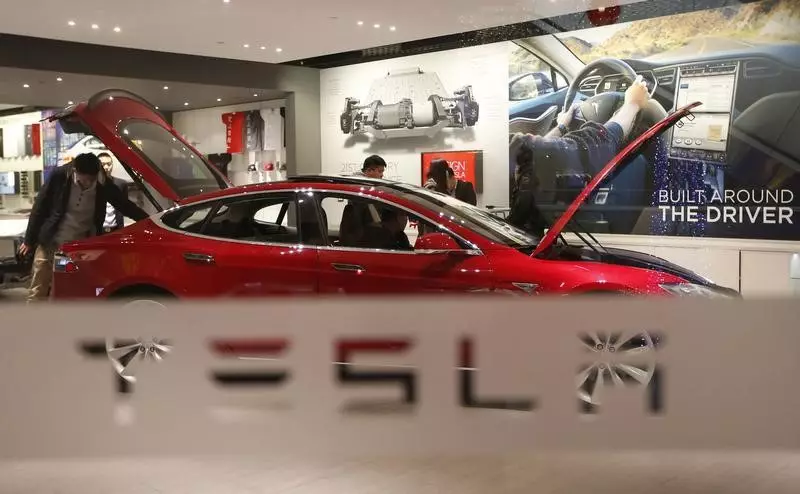Tesla, a major player in the electric vehicle (EV) market, has recently implemented significant price cuts across various key markets, including China and Germany. These reductions come in the wake of similar price decreases in the United States, signaling the company’s struggle amidst declining sales and mounting competition in the EV industry. One notable adjustment includes a 14,000 yuan ($1,930) price drop for the updated Model 3 in China, bringing the price down to 231,900 yuan ($32,000). In Germany, the price of the Model 3 rear-wheel-drive version was slashed to 40,990 euros ($43,670.75) from 42,990 euros. Tesla’s spokesperson confirmed that additional price cuts have been rolled out in other regions such as Europe, the Middle East, and Africa.
The recent price cuts by Tesla are part of a broader trend in the EV market, characterized by an intensifying price war that began over a year ago. Tesla’s aggressive approach to lowering prices has put pressure on profit margins and placed the company in a challenging position. Despite being a trailblazer in the EV industry, Tesla has faced difficulties in updating its older models promptly, especially with prevailing high-interest rates impeding consumer spending on high-value items. Moreover, competitors in China, the world’s largest auto market, are rolling out more affordable EV models, further heightening the competitive landscape for Tesla.
In response to the tough market conditions, Tesla recently announced plans to downsize its global workforce by more than 10% as part of efforts to streamline operations and adapt to changing market dynamics. This strategic move comes as Tesla braces itself for its first annual decline in deliveries, underscoring the need for decisive actions to navigate the evolving EV landscape. In addition to workforce reductions, Tesla has also adjusted the pricing of its Full Self-Driving (FSD) assistant software, lowering the cost from $12,000 to $8,000, in a bid to attract more buyers and remain competitive in the market.
Tesla’s decision to slash prices across key markets reflects the intricate challenges facing the company in the increasingly competitive EV industry. As Tesla grapples with declining sales and mounting competition, strategic price adjustments and operational restructuring become essential components of its efforts to stay afloat in the evolving market landscape. The company’s ability to navigate these challenges and adapt to changing consumer preferences will be critical in determining its long-term success and sustainability in the dynamic EV market.

